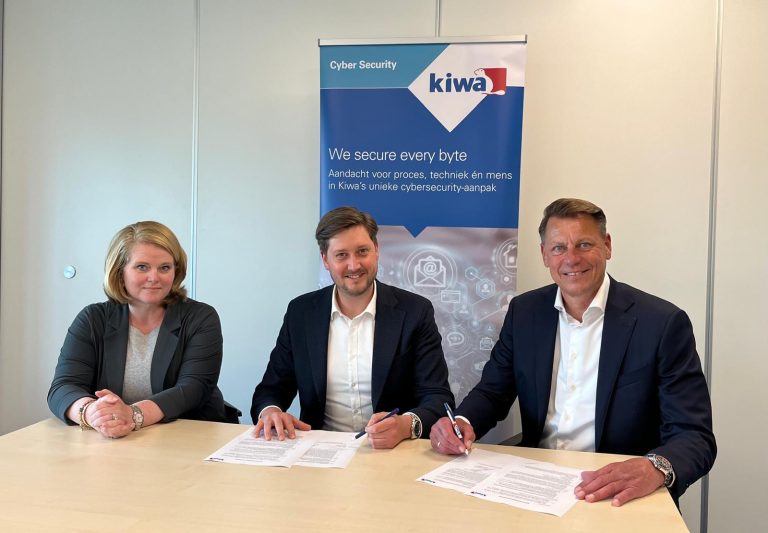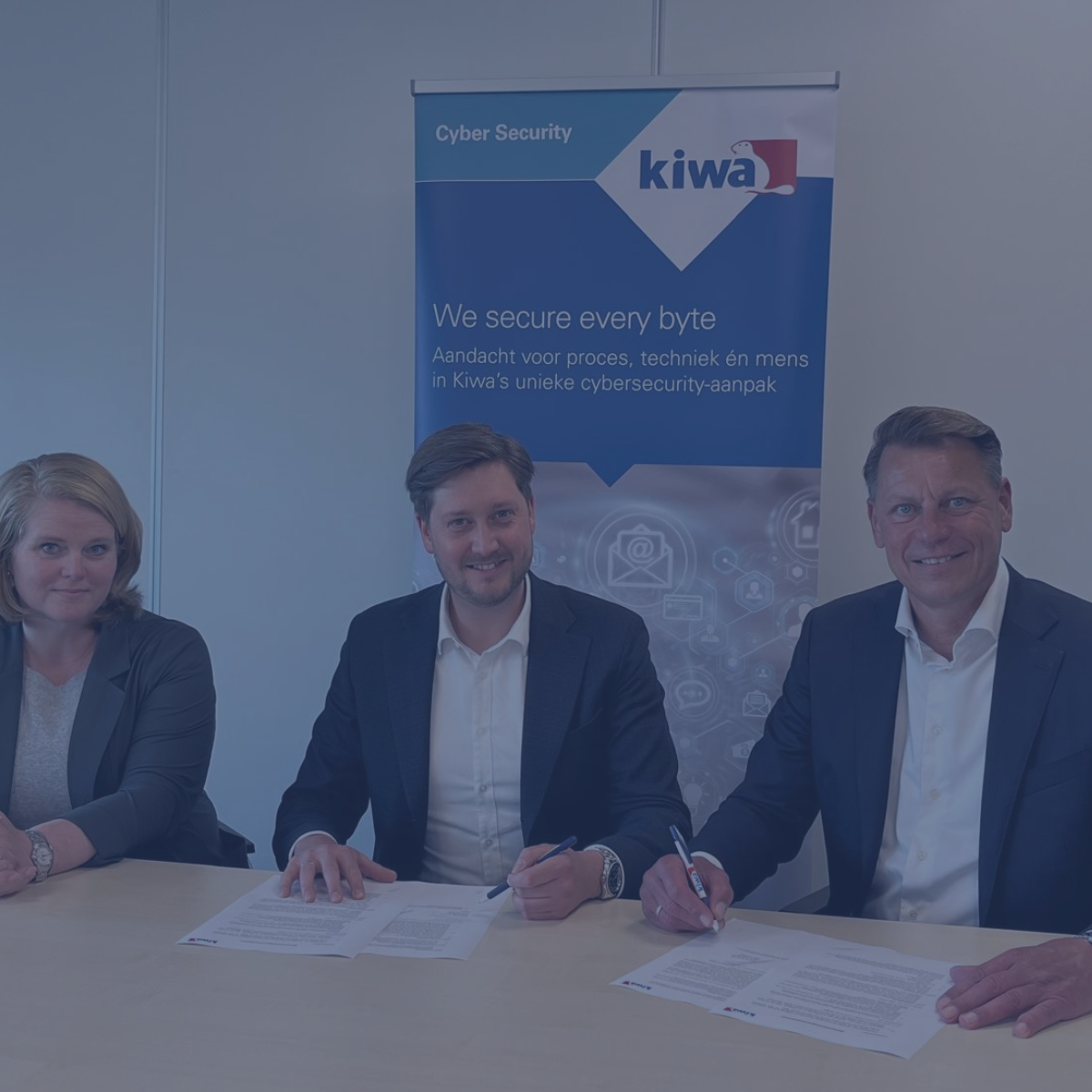Securance and Kiwa join forces on Cybersecurity and Risk Management solutions
Securance, a leader in integrated risk management and cybersecurity solutions in Europe, is excited to announce a new partnership with Kiwa, an esteemed provider of certification and compliance services. This collaboration will focus on ISO certifications and Assurance services, enhancing our offerings while maintaining our distinct expertise in our respective fields.
At Securance, our approach combines comprehensive assurance and advisory services with advanced cybersecurity measures to protect and empower businesses. By aligning with Kiwa, we aim to leverage our joint capabilities to provide more robust, industry-leading solutions tailored to the specific needs of our clients. This partnership will enable us to enhance our service delivery, particularly in areas demanding rigorous standards compliance and operational excellence.
Together, Securance and Kiwa are committed to setting new benchmarks in security, compliance, and risk management. Our collaboration will deliver scalable solutions that ensure business continuity and resilience, fostering growth and innovation in an ever-evolving digital world.
Koen van der Aa, COO of Securance, said, “We are very pleased to announce our partnership with Kiwa. This collaboration marks an important step forward for both companies as we join forces to enhance our services in risk management and cybersecurity. Together, we are committed to delivering substantial value to our clients, leveraging our combined expertise to meet the evolving needs of the market. I look forward to the opportunities and successes that lie ahead for both Kiwa and Securance.”
Marjolein Veenstra, team leader cybersecurity at Kiwa, expressed her enthusiasm for the strategic partnership, saying, “With this step, we can better serve our clients with complex certification and assurance issues. We relieve our clients in the process, allowing for a greater focus on substantive assessment. We are keen to explore opportunities to strengthen both our market position and that of our clients.”








